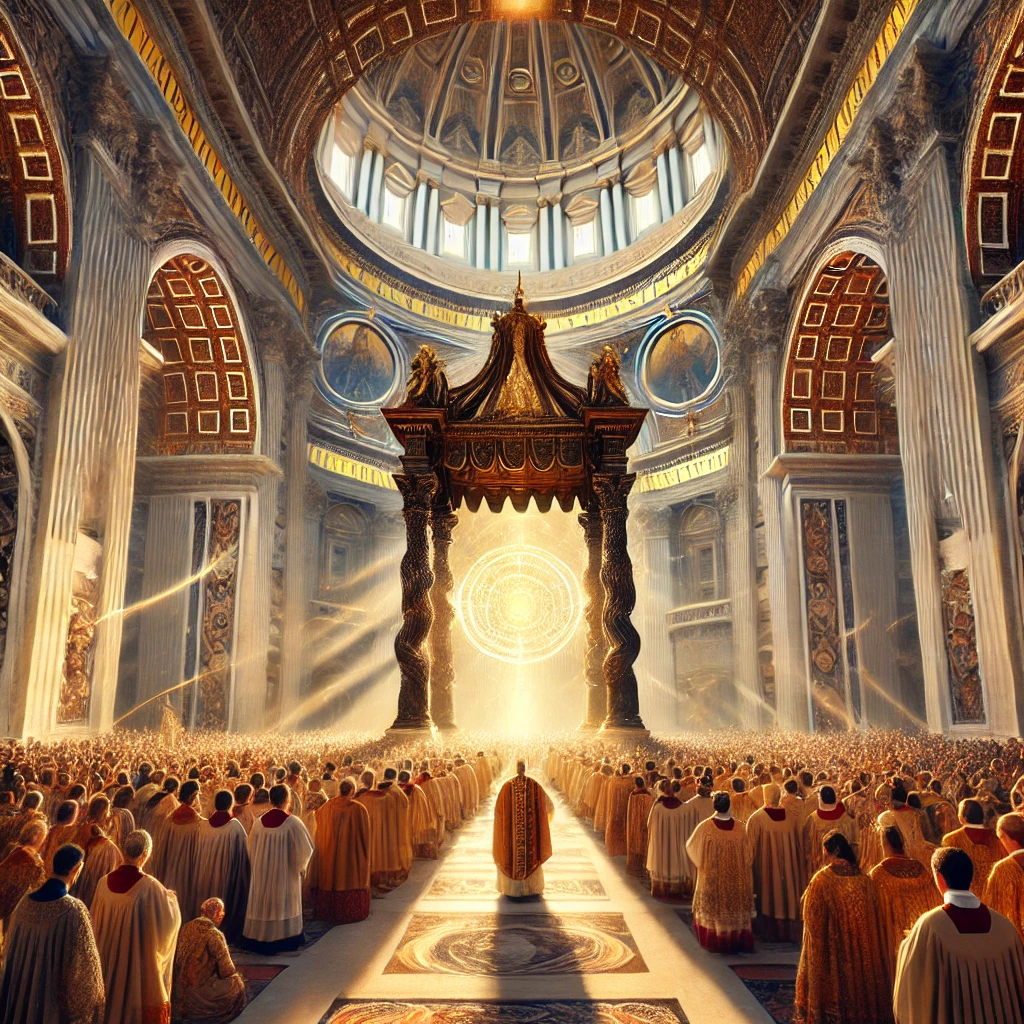Egyptian Mystery Schools: The Cradle of Esoteric Wisdom
The Egyptian mystery schools have long been revered as some of the most profound centers of esoteric knowledge in human history. Hidden within the heart of ancient Egypt, these schools were not just places of religious study but sacred centers for spiritual transformation, philosophical inquiry, and the mastery of the metaphysical. Their teachings, steeped in symbolism and secrecy, laid the groundwork for many spiritual and philosophical traditions that followed. This blog explores the essence of the Egyptian mystery schools, their purpose, practices, and enduring legacy.
The Purpose of the Mystery Schools
The mystery schools of ancient Egypt served as gateways for those seeking higher knowledge and spiritual enlightenment. Unlike general religious practices that were accessible to the wider population, the teachings of the mystery schools were reserved for initiates—individuals who demonstrated dedication, discipline, and an inner calling to explore life's deeper truths. These schools were associated with temples dedicated to gods like Thoth (god of wisdom and knowledge), Isis (goddess of magic and healing), and Osiris (god of the afterlife and rebirth).
The goal of the mystery schools was to initiate students into the esoteric understanding of the universe, emphasizing personal transformation and the soul's journey. Initiates believed that by mastering these teachings, they could transcend the ordinary world, achieving unity with the divine and true enlightenment.
Core Teachings and Beliefs
1. The Journey of the Soul
Central to the teachings of the Egyptian mystery schools was the concept of the soul's immortality and its journey through cycles of birth, death, and rebirth. This mirrored the story of Osiris, who was killed and resurrected, symbolizing the eternal cycle of life. The initiation rites often involved rituals that simulated death and rebirth, preparing the initiate to conquer fear and embrace transformation.
2. The Principle of Maat
Maat, the goddess embodying truth, harmony, and balance, was a guiding principle in the mystery schools. Students were taught to live in alignment with Maat to maintain both personal integrity and cosmic order. This principle underscored the importance of harmony not just with oneself but with the universe, reinforcing the idea that personal spiritual growth contributed to the greater good.
3. Sacred Symbolism and Hidden Knowledge
The Egyptian mystery schools heavily relied on symbolism to convey their teachings. Hieroglyphs, sacred texts, and mythological stories were encoded with multiple layers of meaning. For instance, the symbol of the eye of Horus, known as Wadjet, represented protection, insight, and the higher vision needed for spiritual awakening.
The initiation process was designed to gradually unveil these symbols' meanings, fostering deeper insight and intuitive understanding. Students learned that true knowledge was experiential and could not simply be imparted through instruction; it had to be lived and integrated.
The Process of Initiation
Initiation into the Egyptian mystery schools was not a simple matter of learning from a teacher. It was an immersive, life-changing process that tested the will, intellect, and spirit. The initiate would undergo trials that involved mental and physical challenges, designed to push them beyond their comfort zone and strip away ego-driven attachments.
One notable site of such initiations was the Great Pyramid of Giza, which is believed by some to have been used as an initiation chamber. It is said that initiates would spend a night alone in the King’s Chamber, facing their fears and connecting with their higher self in complete darkness. This was symbolic of a death to the old self and a rebirth into the new, enlightened state of being.
The Role of the High Priests and Priestesses
The high priests and priestesses who led these schools were considered not just religious leaders but scholars and magicians, deeply versed in astronomy, mathematics, medicine, and metaphysics. Thoth, as the god of wisdom and the inventor of writing, was regarded as the archetypal figure embodying the ideal qualities of these leaders. His knowledge extended to the sacred texts known as the Emerald Tablet, said to contain the secrets of the universe and alchemical transformation.
Priestesses, particularly those associated with Isis, were revered for their mastery of the arts of healing, intuition, and spiritual rituals. They played an essential role in preserving and transmitting the mystery teachings, acting as intermediaries between the divine and human realms.
Legacy and Influence of the Mystery Schools
The teachings of the Egyptian mystery schools did not vanish with the fall of ancient Egypt; they were passed down through secret societies, mystery traditions, and esoteric schools across the world. Their influence can be seen in Greek philosophy, especially in the works of Pythagoras and Plato, who studied in Egypt. The principles of Hermeticism, an esoteric tradition that emerged in the Mediterranean, drew directly from Egyptian teachings and became the foundation for later Western mystical and occult traditions.
Today, the legacy of the mystery schools continues to inspire those seeking a deeper spiritual connection. The principles of living in harmony with the universe, seeking inner transformation, and pursuing hidden wisdom resonate with contemporary spiritual practices such as meditation, mindfulness, and holistic healing.
Conclusion
The Egyptian mystery schools were not just centers of learning but transformative journeys that prepared individuals to explore the deeper truths of life and existence. Their teachings, filled with rich symbolism and universal principles, laid the groundwork for many spiritual practices that endure to this day. For those willing to delve into their secrets, these ancient schools offer timeless insights into personal growth, cosmic understanding, and the path to enlightenment.
Comments (0)
Categories
Recent posts


Planetary Alignment on January 25, 2025: ...
30/11/2024
Tartaria and the Mudflood
22/12/2024
The Vatican’s Jubilee Year - Rituals, ...
20/12/2024



